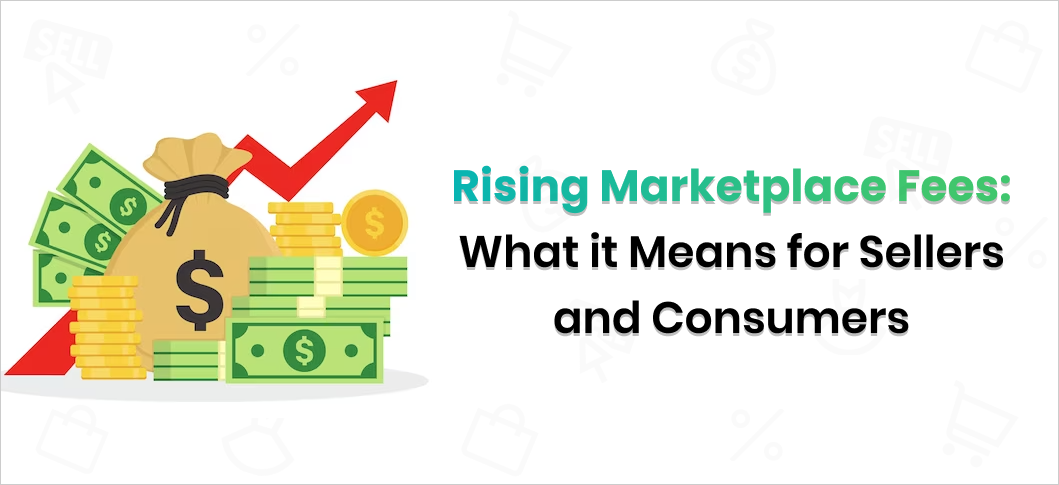
Rising Marketplace Fees: What it Means for Sellers and ConsumersCapitalizing on the Post-Holiday Spending Surge: Turning January into a Month of Profits
Amid persistent inflation, U.S. consumers are feeling the financial squeeze more than ever before. For online sellers, these pressures are compounded by the rising costs of selling on leading e-commerce platforms. Amazon, one of the largest and most influential marketplaces, has seen steady increases in the fees it charges sellers, placing strain on businesses and, in turn, driving prices higher for consumers.
The Increasing Cost of Selling Online
Amazon has revolutionized e-commerce, opening doors for businesses of all sizes to reach vast audiences with ease. Sellers rely on the platform’s robust infrastructure and customer base, but these benefits come at a cost. Over the past few years, Amazon’s fee structure has seen noticeable increases across various categories, from fulfillment and storage fees to advertising costs. As sellers work to balance these rising fees, many find themselves in a difficult position: they must either absorb the costs, which eats into their margins, or raise prices, passing some of these expenses on to consumers.
Platform Fees as a Key Profit Driver
Amazon’s fee adjustments can be understood in the context of maintaining profitability. As with any business, Amazon has needed to adapt to economic shifts and the changing demands of the e-commerce industry. By increasing fees, Amazon can continue to support its operations and improve its infrastructure. However, this has a ripple effect, particularly for small to mid-sized sellers. For these businesses, the incremental rise in fees makes it difficult to compete while keeping prices stable.
What Higher Fees Mean for Consumers
For consumers, the effects of these fee increases may not always be visible, but they are certainly felt. When sellers must pay more to list and fulfill their products, it often results in price hikes. This, unfortunately, compounds the inflationary pressures that are already affecting many households in the U.S. It’s a reminder of the interconnectedness of the e-commerce ecosystem: as sellers adapt to platform fee changes, consumers, too, experience the impact.
The Case for Diversifying Sales Channels
To alleviate these pressures, e-commerce sellers can benefit from exploring additional sales channels and platforms. Diversification offers sellers the opportunity to reach different audiences while balancing the costs associated with each platform. There are a number of emerging marketplaces that may offer more favorable fee structures, enabling sellers to maintain competitive pricing without the same fee-related pressures. By diversifying their sales channels, sellers can mitigate the impact of rising fees on any single platform and create a more resilient business model.
Exploring New Opportunities
The rapid growth of e-commerce has led to a dynamic marketplace with platforms tailored to various niches, customer segments, and business types. Expanding to platforms like Walmart Marketplace, eBay, or specialized niche sites allows sellers to connect with different buyer demographics. Beyond that, investing in direct-to-consumer websites, social commerce, and other sales channels can open additional streams of revenue without the constraints of marketplace fees. For sellers who depend heavily on one platform, the rising cost of doing business underscores the value of being proactive in managing these fee structures.
A Look Toward Sustainable E-commerce
In the evolving e-commerce landscape, sellers and consumers alike can benefit from a balance between established and emerging platforms. As the market continues to grow, so does the potential for e-commerce sellers to connect with buyers through varied and potentially more cost-effective channels. While fees will always be part of the equation, sellers can work toward a strategy that supports sustainable pricing for consumers while maintaining healthy margins.


